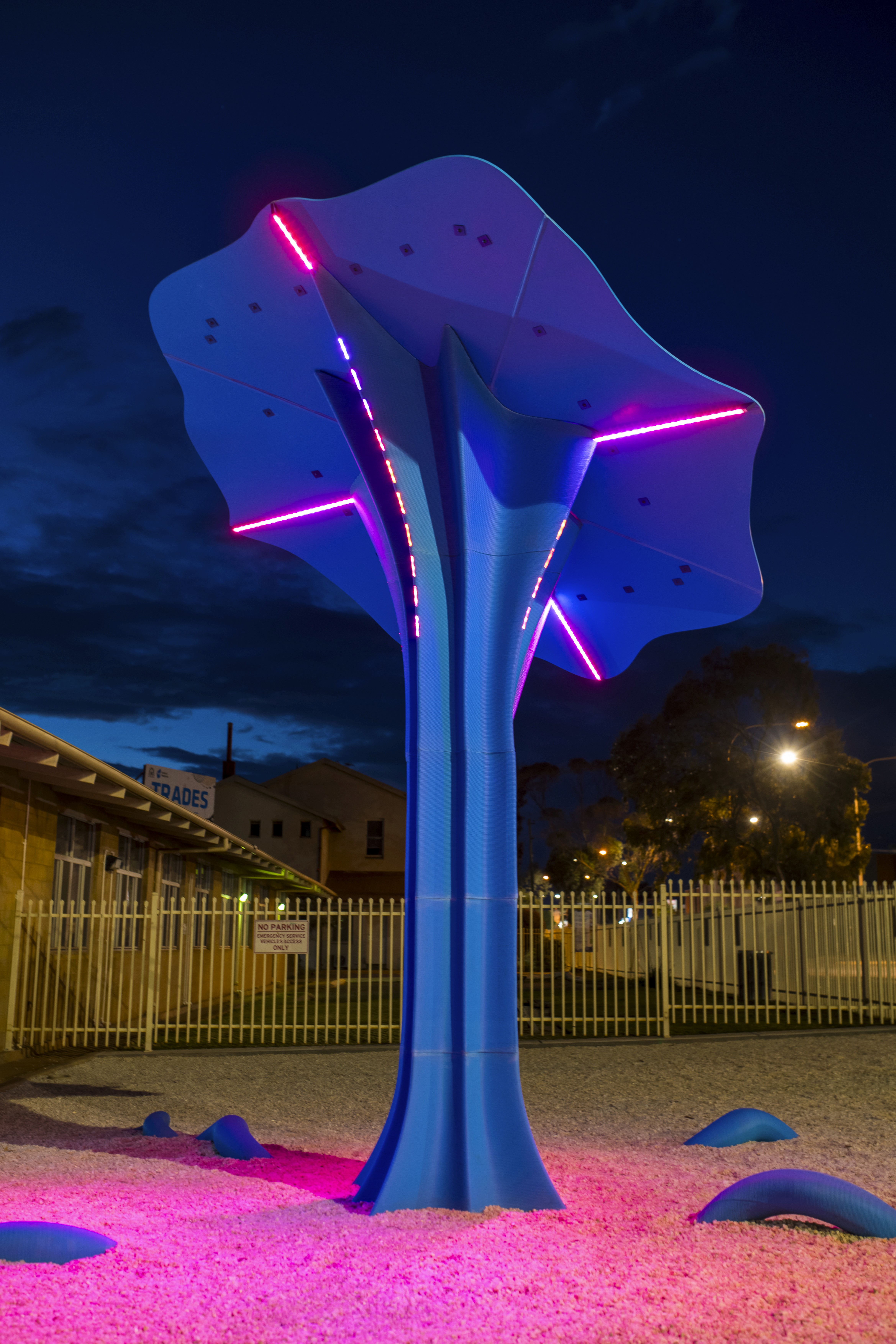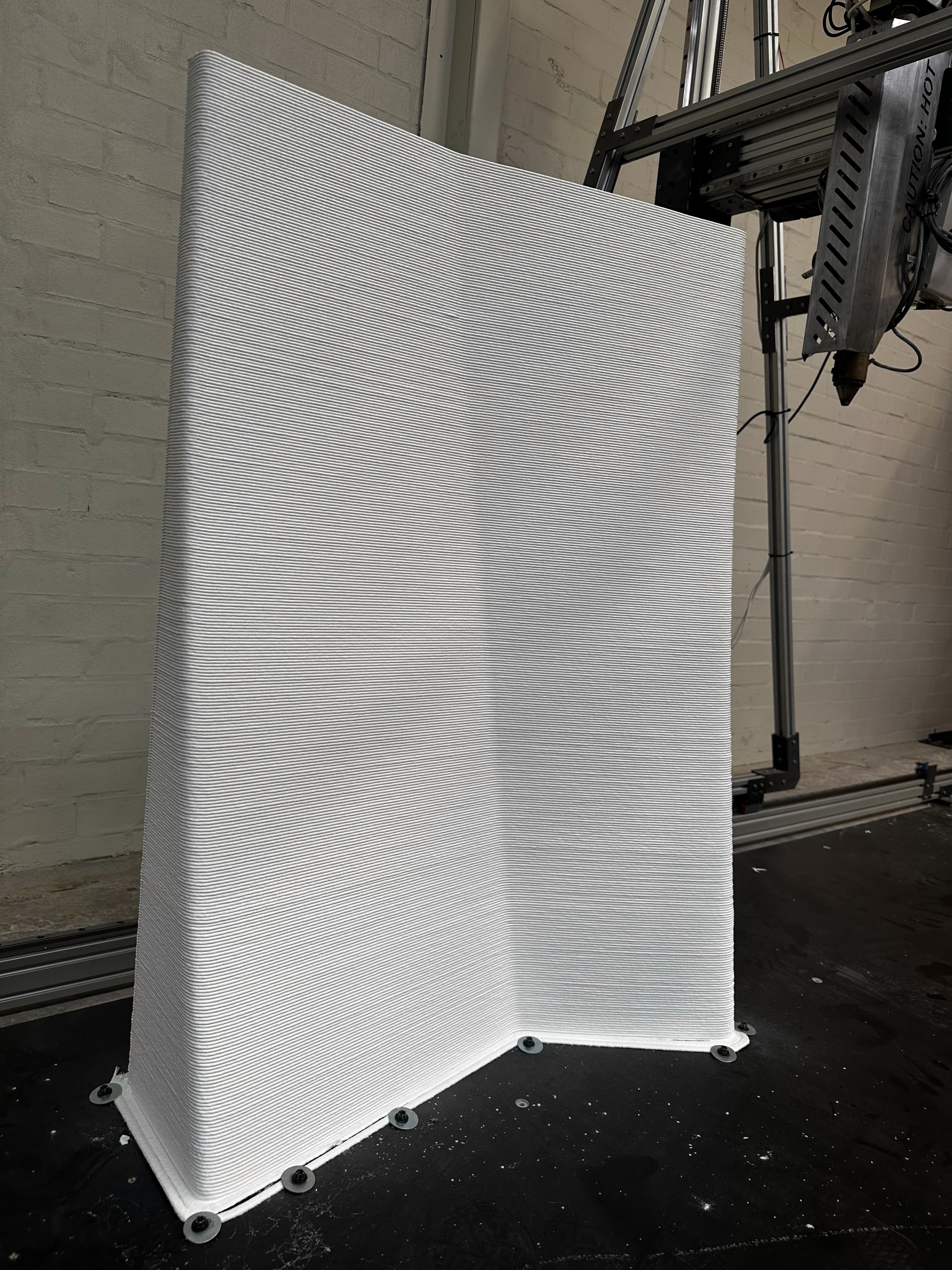How is 3D Printed Formwork Changing the Face of Modern Construction?
Back

Case Study
In a recent project, Hyperion showcased the capabilities of 3D printed concrete formworks, utilising their large format 3D printing technology to illustrate the innovative potential of digital fabrication. The objective was to construct a durable concrete structure, weighing in at 260kg, using a formwork produced in a mere 10 hours. The dimensions of the formwork were 1m x 0.6m x 0.3m, and it was fabricated from polypropylene reinforced with glass fibers, using Hyperion's gantry system with a mounted thermoplastic pellet extruder. CAD tools like Rhino3D and Grasshopper played a critical role in designing the formwork model, which included internal support structures tailored to bear the concrete's weight.
What is 3D Printed Formwork?
3D printed formwork uses large-format additive manufacturing to create detailed moulds for concrete casting, offering significant time savings. For example, Hyperion's project demonstrated that a complex formwork could be completed robotically in just 10 hours, reducing overall project timelines compared to traditional methods that are slower and often require manual adjustments.
Transformational Benefits to Construction
• Rapid Manufacturing: Speeds up the construction process from initial design to execution.
• Sustainability and Efficiency: Minimises material waste by using additive manufacturing, which strategically adds material only where needed.
• Customisation at Lower Costs: Produces bespoke moulds tailored to specific design requirements without the need for costly tooling adjustments.
• Enhanced Precision: Employs advanced technology to ensure high precision and consistency in mould production, improving construction quality.
• Digital Integration: Facilitates seamless integration with CAD tools, which streamlines the transformation from digital designs to tangible structures and supports quick design modifications.
Streamlined Process for Efficiency
1. Design: Begins with a detailed CAD model of the intended structure.
2. Mould Creation: Develops a mould that corresponds to the CAD model.
3. Support: Constructs internal supports to handle the weight of the concrete.
4. Production: Utilises large format 3D printers to create the mould.
5. Finishing: Performs post-processing to perfect the mould’s surface.
As a frontrunner in large format 3D printing, Hyperion is at the forefront of the construction industry's future. Our facilities are equipped with some of Australia's pioneering large-format 3D printers, allowing us to innovate across various sectors including construction, maritime, arts, and furniture. Our approach not only provides custom solutions that drastically cut waste but also boosts the overall efficiency and sustainability of construction projects.
Ready to transform your next project with our 3D printed formwork?
Get in touch with Hyperion to explore how our innovative solutions can meet your construction needs and lead the way to a more sustainable future.










